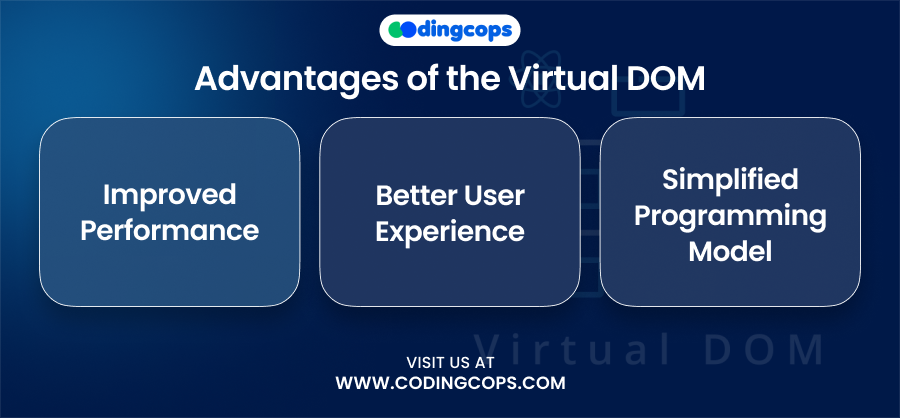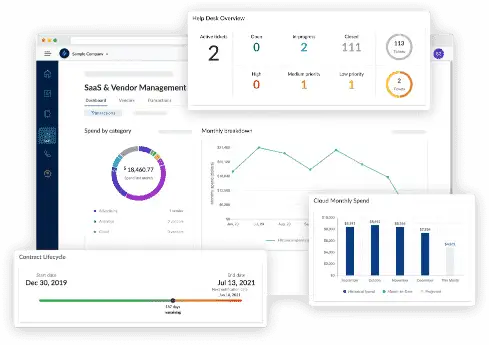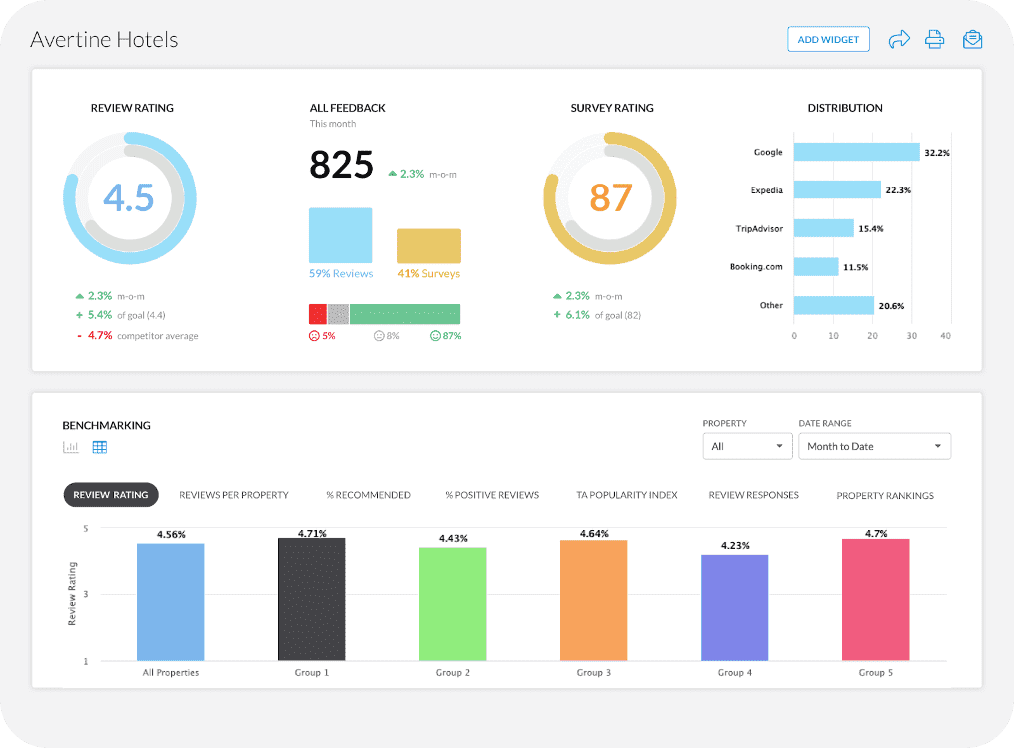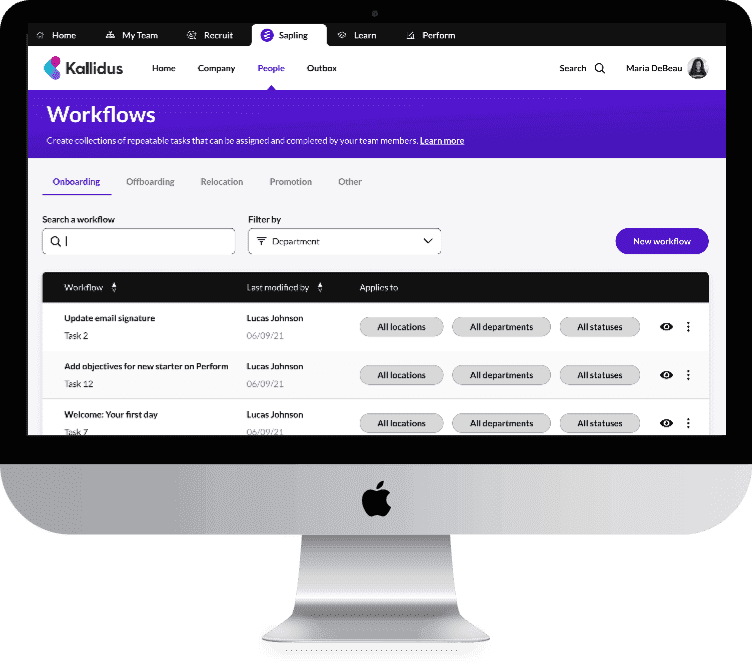In web development, there are several very important principles, including efficiency and speed. This is where one of the most popular JavaScript libraries, React, starts shining with the prospect of the React Virtual DOM.
React DOM completely changes the way React developers design flexible user interfaces and makes the applications faster and more responsive.
What is the DOM?

The Virtual DOM (Document Object Model) is an application concept very adopted by React and other future libraries for best performance. Essentially, it is a lightweight copy of the real DOM (the structure of objects that represents the elements of a web page), allowing React to do its magic behind the scenes.
Web users today expect fast and fluid interactions with websites and applications. Any delay, even milliseconds, can lead to frustration and disengagement.
How does the Virtual DOM Work?
To understand the Virtual DOM, it’s important to comprehend how a traditional DOM works. In traditional DOM, any minor change in the web page’s layout triggers an update to the entire tree structure of the DOM. This process can be highly/cumbersome and time-consuming leading to inefficiency particularly when dealing with complex applications.

A Smarter Approach
React’s Virtual DOM provides a smarter approach. Instead of updating the whole DOM for every small change, React updates a virtual representation of the DOM.
Here’s the clever part: React compares the current state of the Virtual DOM with a snapshot taken right before the update. That way, React determines which portions of the real DOM in need change and does the minimal amount of operations.
Batch Updates for Efficiency
React enhances performance further by batching updates. Instead of applying changes to the real DOM instantly, React groups several changes. This helps avoid re-render cycles as it is a necessary task to constantly keep the performance level up.
Advantages of the Virtual DOM
The implementation of the Virtual DOM comes with several advantages that transform web development significantly:

1. Improved Performance
As previously mentioned, the Virtual DOM allows React to update only what’s necessary. This selective rendering helps to avoid manipulating the DOM as much as possible because it is usually the source of slowness in applications.
2. Better User Experience
A faster application translates into a smoother user experience. Users get faster response and integration with social media which is essential in product adoption and repeat patronage.
3. Simplified Programming Model
React’s programming model simplifies the development process. Developers work with a state-driven architecture, where the state of the application controls the UI. The Virtual Reactjs DOM automates the decision of when and what to re-render, allowing developers to focus on the logic rather than the performance optimizations.
Challenges and Considerations
While the Virtual DOM is powerful, it’s not a silver bullet. It requires an understanding of its workings to fully leverage its benefits.

1. Learning Curve
For newcomers, React and React DOM can present a steep learning curve. The concepts of states, props, and lifecycle methods in React are fundamental and require time to master.
2. Not Always Necessary
For simple UIs, the overhead of the Virtual DOM might not justify its use. In cases where the application is static or has minimal interactivity, traditional JavaScript might suffice.
Conclusion
The React Virtual DOM is a cornerstone of React’s appeal and it offers an effective way to update the user interface without bogging down performance. Its introduction has spurred a new wave of web development practices focused on speed and user experience.
More Related Blogs
- React vs. Backbone.js
- Top 10 Future of React in 2024
- React Lifecycle Methods
- React State Management Libraries



















